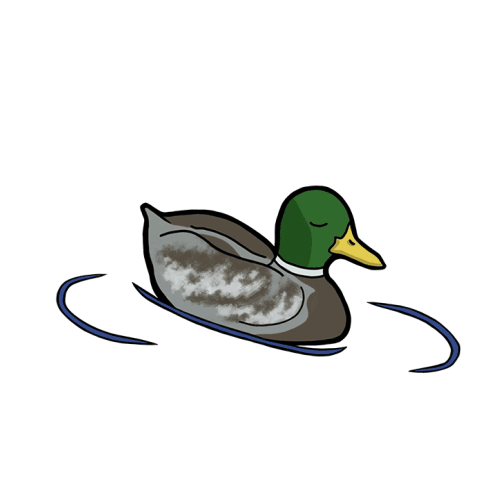Billy Ullmann
Lifestyles editor
aeullmann@willamette.edu
Willamette University is settled on the Cascadia Subduction Zone (CSZ), which is long overdue for a catastrophic earthquake.
According to the Pacific Northwest Seismic Network, the CSZ is a 1,000-kilometer subduction zone that e x t e n d s north from Vancouver Island, Canada, and south t o Cape Mendocino, CA. A subduction zone i s where one tectonic plate slides, or subducts, under a second tectonic plate.
The Juan de Fuca plate subducts the North American plate at a rate of about three to four centimeters a year. These two plates coming together increases the seismic tension that is building 25 miles below the surface. Eventually, this tension will seize and, as New Yorker writer Kate Schulz puts it: “North America will rebound like a spring.”
If the southern area of the subduction zone located in CA gives away, there will be an earthquake with a magnitude of between 8.0 and 8.6, which is commonly called “the Big One.” If the entirety of the CSZ gives away, the earthquake that follows will have a magnitude of between 8.7 and 9.2. This is known as a full-margin rupture by seismologists.
This earthquake, which is also known as the “Really Big One,” will affect 140 square miles of land and seven million people. Kenn e t h Murphy, the director of Division X (Oregon, Washington, Idaho and Alaska) of Federal Emergency Management Agency (FEMA), explained, “our operating assumption is that everything west of Interstate 5 will be toast.”
More specifically, FEMA predicts that the event will be the worst in recent United States history, with nearly 13 thousand people estimated to die and 27 thousand injured in the earthquake and subsequent tsunami. The shaking will be the strongest at the coast and it will cause a disastrous tsunami that will hit Oregon beaches. It will flood the coast and sweep away whatever has been picked up.
According to earthquake expert Chris Goldfinger, the odds of the smaller earthquake happening in the next 50 years are one in three. The odds for the “Really Big One” to hit are one in 10.
When the earthquake hits, certain animals, like dogs, will hear the compressional wave which travels out from the fault line. To humans, this wave is felt as a sudden jolt.
Low frequency waves will follow, moving up and d o w n and side to side. This motion causes power lines to fall and houses to detach from their foundations. All vulnerable buildings will collapse.
Despite this very real threat, Oregon is unprepared to deal with it. Ian Madin, the director of the Oregon Department of Geology and Mineral Industries (DOGAMI), estimates that 75 percent of Oregon’s buildings are not designed to withstand an earthquake as strong as the Big One. FEMA estimates that about one million buildings will collapse as a result of the natural disasters. 3,000 schools are included in that estimation.
In 2007, Salem participated in FEMA’s rapid-visual survey, which found that 40 percent of buildings in Salem were at high (greater than 10 percent) or very high (100 percent) risk of collapsing. Some of these include the State Capitol and Salem City Hall, as well as other governmental buildings, emergency facilities and schools.
According to FEMA, half of all highway bridges will be compromised. 15 out of 17 of the bridges in Portland will collapse, as well as t w o – thirds of railways and airports, one-third of fire stations, half of police stations and two-thirds of hospitals.

google seo…
EPTU Machine…
EPP Machine…
EPP Machine…
EPP Machine…
EPP Machine…
EPTU Machine…
EPTU Machine…
EPTU Machine…
EPTU Machine…
Android Android